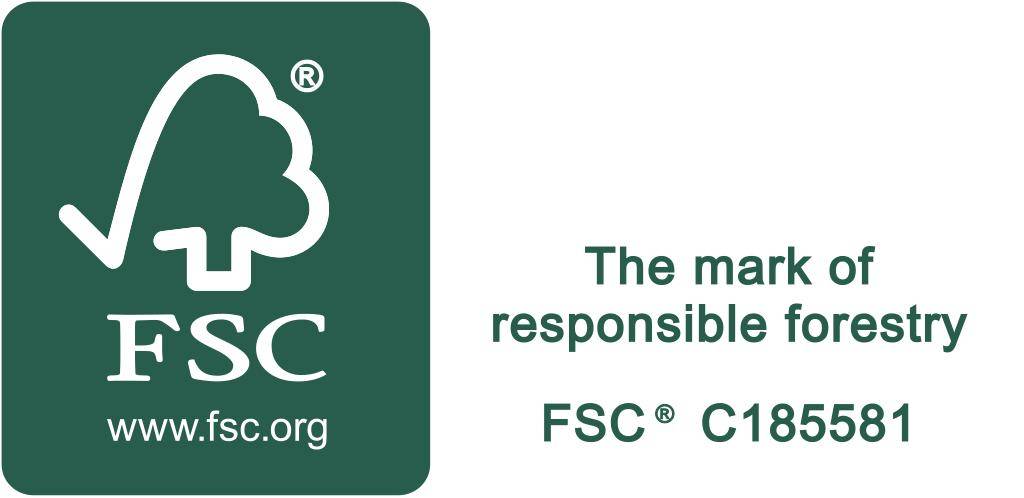FSC® certification of Hastu, or everything you want to know
- Home
- /
- News
FSC® certification of Hastu
Everything you want to know before FSC certification
When we said we had a new welding ISO in 2022, we also added that we were not stopping there.
Our New Year’s resolution included, among other things, certifying Hast FSC.
And because it was a bit of a Spanish village for us and we needed time to get to grips with the whole process, we want to write here everything we know that can help you if you’re also considering certification.
We will examine:
- What is FSC
- Why does not only the wood needs FSC certification but also the company that processes or resells the wood?
- What requirements do you need to meet?
- How does the control system work?
What is FSC
FSC or Forest Stewardship Council® is a non-profit organization that sets rules for forestry practices. The goal is to promote forest management that is responsible for both the environment and people.
In order for the final product to carry the green label, the entire flow of wood material from the forest to the consumermust be tracked. It is crucial that it is always possible to prove the origin .
This brings us to the FSC CoC (Chain of Custody) label.
Why does the chain of custody also need certification?
We admit without torture that this was our first thought. You will often come across FSC-certified wood. But as we wrote above, for the final product to be worthy of the FSC label, it must not stop with the wood.
If your company works with both certified and non-certified wood, you must always be able to demonstrate that the materials cannot be interchanged. This applies both when you process the wood furtherand when you just resell it.
An auditing company with the appropriate FSC authorization and license will then help you to establish and control the separation.
Requirements for audit
In an FSC audit, the focus is not only on production readiness but also on:
- The company’s OSH performance & fire protection
- Labour law background
- Compliance with standards on forced and child labour
- Barriers to discrimination in the workplace
Controlling the process
From our own experience, we recommend that you have an FSC-certified company. Having someone who will advise you on what to do is great. Please note that this must be a different company than the one that is carrying out the audit
They will advise you on what to look out for, how best to avoid mixing materials, how to train your staff, and how to document administratively.
The acute audit will then check how prepared you are to use FSC. After the initial audit, you will be approved for 5 yearsㅤ ㅤ However, every year, there is a surveillance audit to check if you are doing something unfairly or have misunderstood something. The more frequent the audit, the better the chances of catching any problems right from the start.
What to look out for
What were the most important points we took away?
- An FSC certificate is great, but the most important thing is to ㅤ check if the company is ok in the register of certified companies in the official FSC database
- Training of employees throughout the company so that everyone knowswhat the rules are
- The FSC label and the FSC name itself are licensed and its use for all outdoor communication must be approved
Well, these are the main points. Did we help you to understand FSC more clearly? If yes, we are very happy!
We will now happily put a sticker on the furniture in your offices, restaurant, shop, or living room. Wherever you want.


Recent Comments